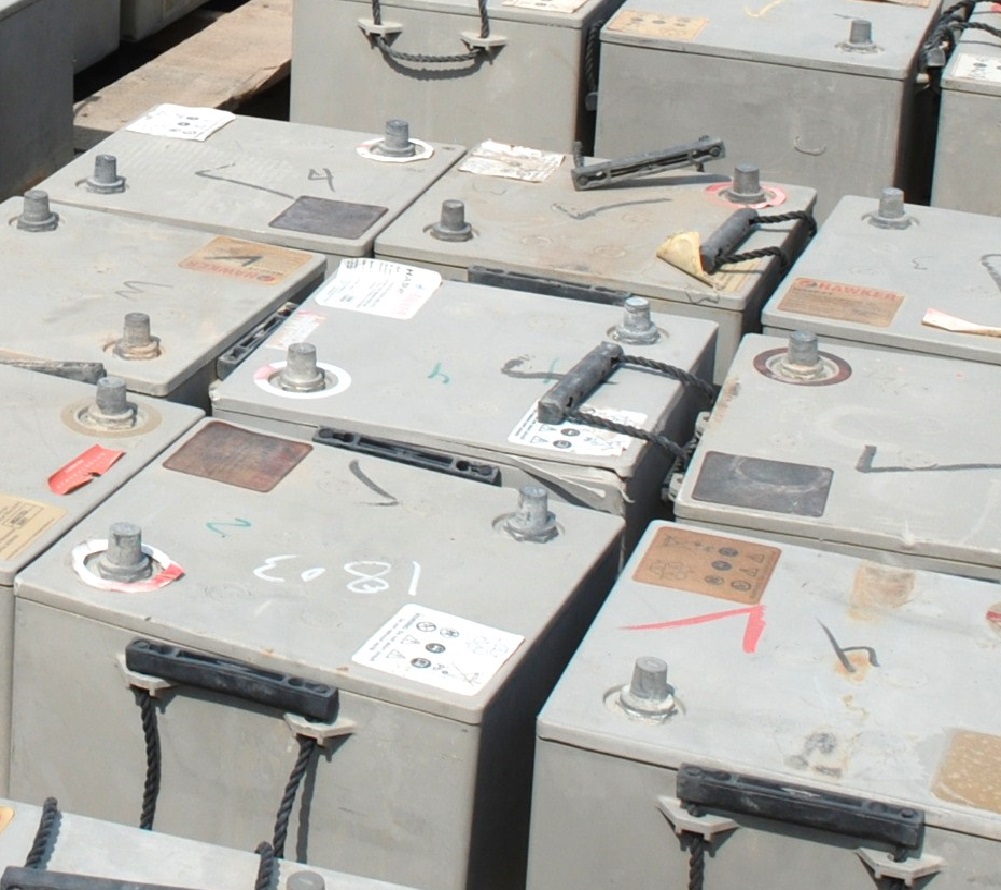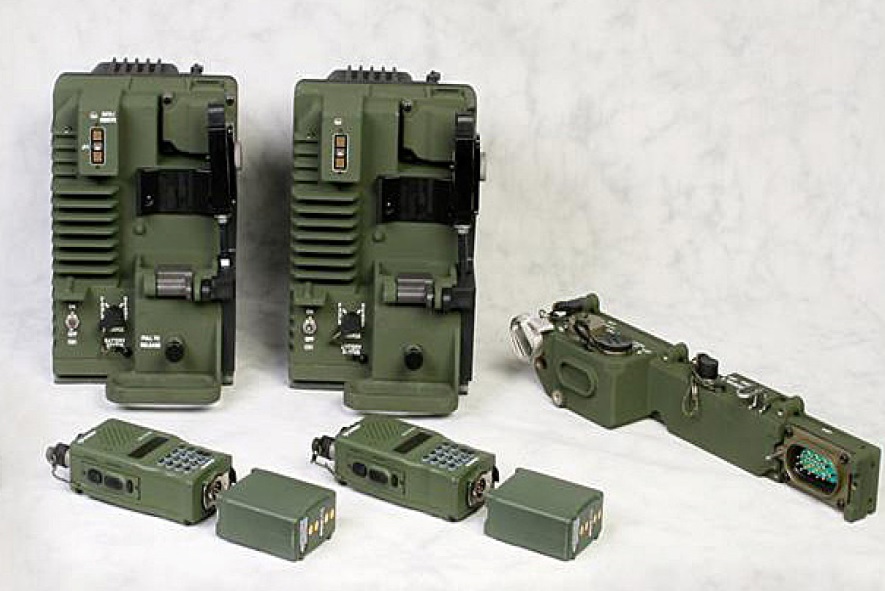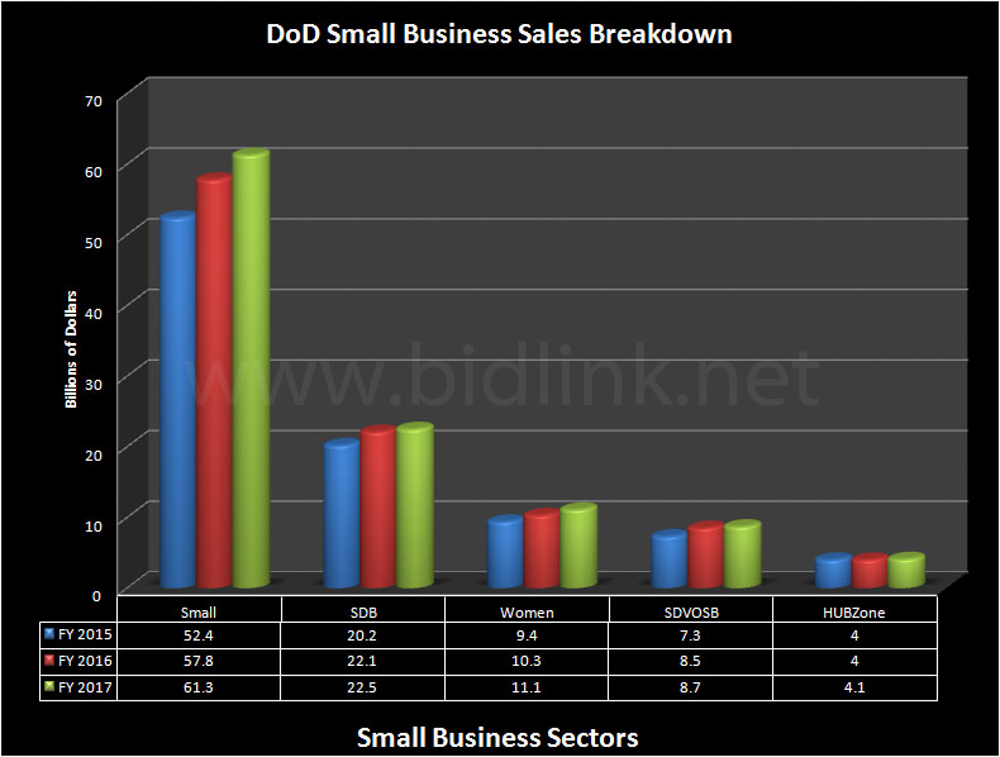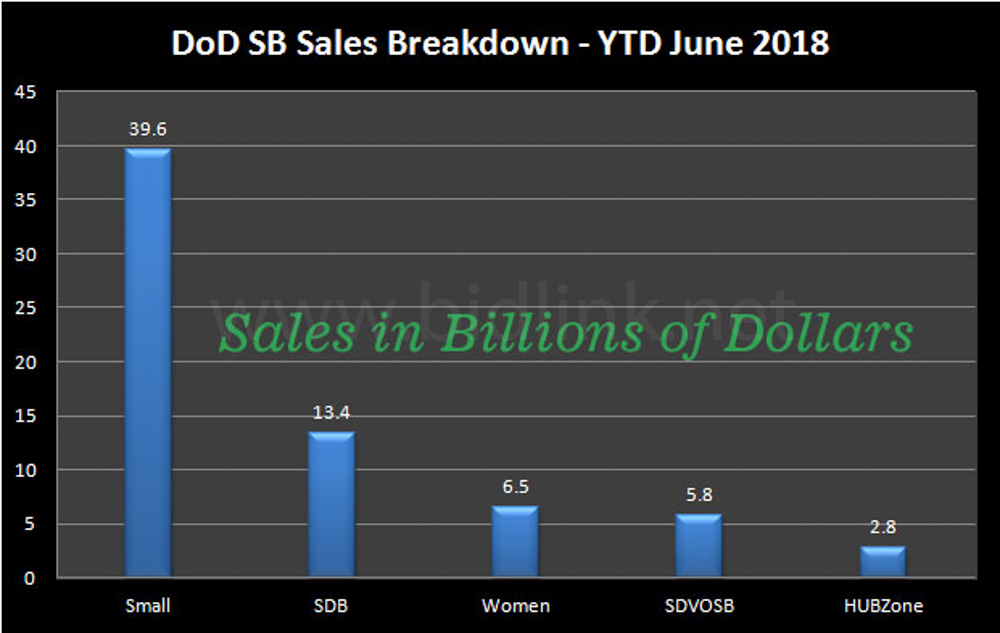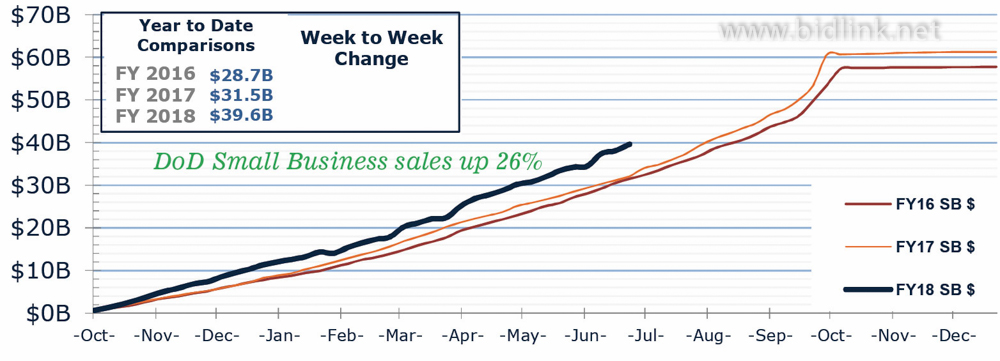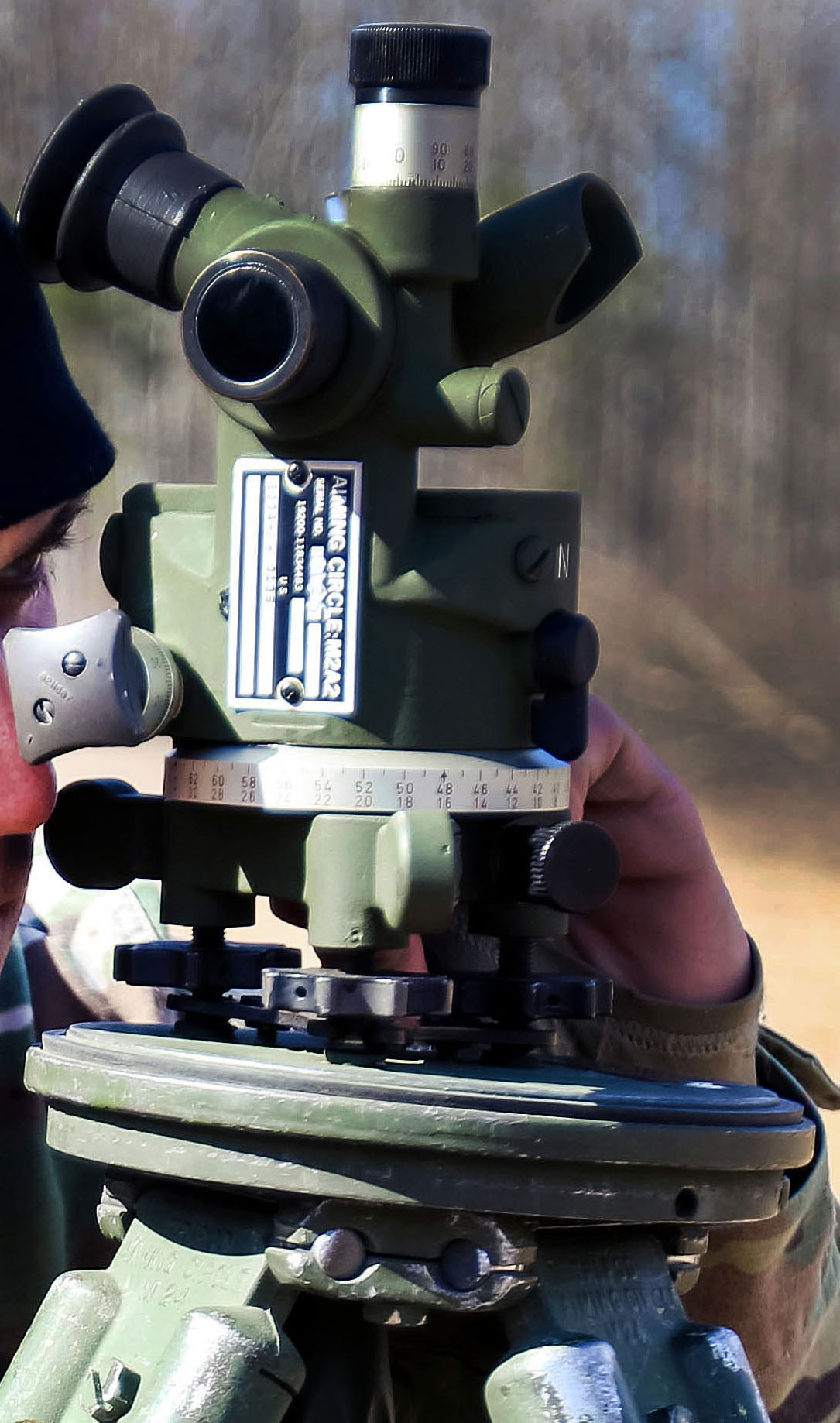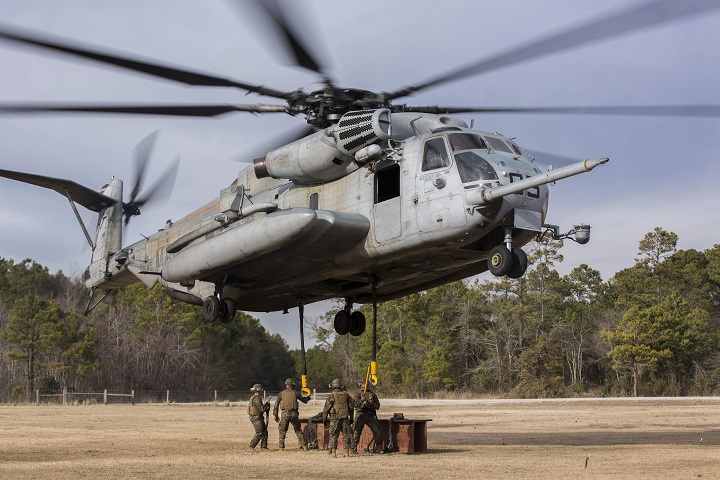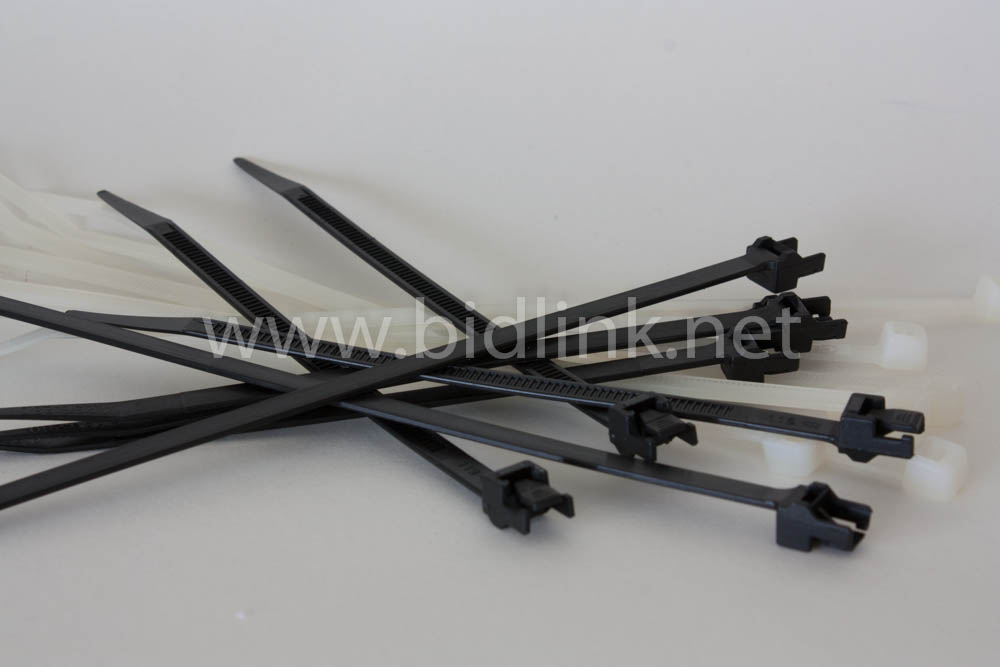
DoD and the US Military use their own language especially when it comes to naming items. When searching for manufacturers, suppliers, contracts or solicitations you need to think like they do. Each item they purchase has its own unique naming convention.
Today we quickly look at the Zip ties or cable tie. One of the official names DoD uses to describe these items is “Strap, Tiedown”. If you’re looking for either Manufacturers, Suppliers, Solicitations (MSS) use this official name and your results will be much better.
Manufacturers
A couple of manufacturers currently producing zip ties are Panduit, Cage code 06383 and Thomas & Betts Cage code 56501. Ty-rap is a trademark of Thomas & Betts.
Suppliers
One simple way to find suppliers for an NSN is:
- Find the manufacturers Cage code that relates to the NSN you are seeking.
- Once you see the NSN-manufacturer-cage relation, look at procurement history relating to that NSN – Those are your suppliers.
Solicitations
This past week DoD posted solicitations for cable ties worth close to $30,000.00 and that’s just last week. When searching for government solicitations be sure to use correct nomenclature, in this case “Strap, Tiedown”. One of the cable tie NSNs open for bid is 5975-01-120-1088.
Using the correct nomenclature no matter what you’re looking for your results will improve.
BidLink is a provider of DoD procurement research tools and has been a leading provider of industry marketing data relating to DoD procurement and solicitations for the past 18 years. Find defense contracts and research competition. Learn more at www.bidlink.net
Tweet
